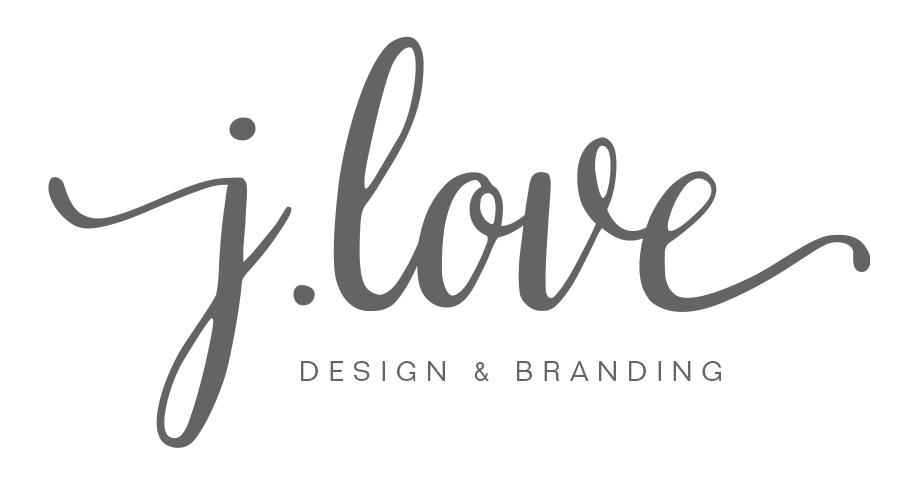Why use a professional designer for your logo?
Reason #1 – A Professional Knows What File Types You Actually Need
You’ve probably seen it—logos that look blurry or stretched on signs, banners, business cards, or websites. This usually happens when a business designs its own logo in an effort to cut costs. While it might seem like a smart move early on, it often leads to problems down the line—especially when it comes to file types.
A professional logo designer ensures you receive all the right file formats to keep your branding looking sharp everywhere—from tiny business cards to massive billboards, and even bus wraps.
The Two Main Types of Logo Files
To cover all your print and digital needs, you’ll need both raster and vector file formats.
Raster Files
Raster graphics are made of pixels—tiny squares of color that form the image. These files are ideal for non-scalable formats and photography, but they can lose quality when resized. Common raster formats include:
JPG – A compressed format that slightly reduces quality every time it’s saved. Good for everyday use.
PNG – Supports transparency and is great for websites or digital graphics.
TIF – High-quality format often used in print, but with large file sizes.
I typically provide clients with their logo in color and black & white versions of JPG, PNG, and TIF formats.
Vector Files
Vector graphics are created using mathematical equations, meaning they can be scaled to any size without losing clarity. These are essential for large-scale print or anything where precision matters. Common vector formats include:
AI – Adobe Illustrator’s native file format, used during the design process.
EPS – An older vector format, widely compatible but doesn’t support transparency.
PDF – Easy to share and open across platforms while preserving quality.
SVG – Perfect for web and digital use with scalability and crisp lines.
Professional designers always include these vector files, making sure your logo is future-proof and versatile.
The Bottom Line
With the right file types in hand, your logo will always look polished, no matter the medium. A professional designer doesn’t just create a good-looking logo—they set you up with the tools to use it confidently across every platform.
Professional logo design doesn’t have to break the bank—reach out today to learn how I can help you build a logo that works everywhere.

